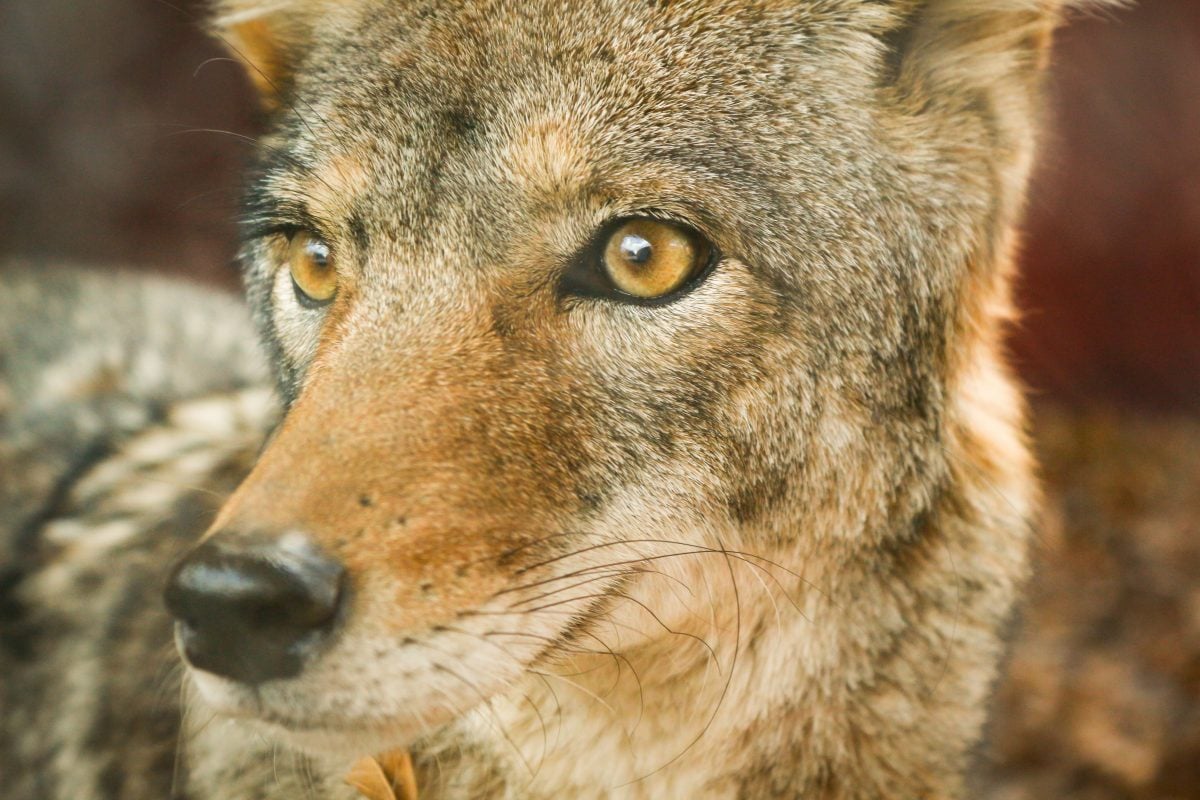One of the most common questions I get asked by people interested in QIVIUT & CO garments is:
“How do we get our fibre”?

We have tried to be transparent about this on our website and I will let that explanation speak for itself. The only point I would repeat is this:
The musk ox fibre we used for The Qiviut Jacket and will use for all future products is wholly a by-product of very limited and strict governmentally controlled permitting processes primarily for providing a winter food supply to subsistence natives living in the remote regions of the Canadian arctic and Greenland where the animals are found in abundance.
In other words, if we never made a single qiviut garment the same number of musk oxen would still be harvested for food.
But anytime animals are sacrificed for clothing it raises a thorny ethical issue in the minds of many consumers to which there is no simple answer except at the extremes. There are some materials like leather, wool and even feathers to which most of us do not give a second thought. On the other hand, we all know about the passionate controversy that surrounds the wearing of exotic furs.
However, this is mainly top line, front of mind awareness. When you peel back the layers a bit one discovers how much more complicated things become.
 The director of PETA UK wrote an op-ed piece last year in the well regarded industry newsletter, Business of Fashion, documenting the inhumane sheep shearing techniques that some wool suppliers use, primarily when shearers are paid by volume. Instances of brutally subduing the animals and amputation of ears and nipples in the haste to shear were cited, all accompanied by a link to graphic video evidence.
The director of PETA UK wrote an op-ed piece last year in the well regarded industry newsletter, Business of Fashion, documenting the inhumane sheep shearing techniques that some wool suppliers use, primarily when shearers are paid by volume. Instances of brutally subduing the animals and amputation of ears and nipples in the haste to shear were cited, all accompanied by a link to graphic video evidence.
Then there is the mulesing of sheep described by PETA as “a mutilation in which dinner plate-sized chinks of the skin and flesh around their tails are cut off in a crude attempt to prevent (blowfly) maggot infestation.” At the same time, the RSPCA Australia takes a somewhat more benign view of mulesing, an 80 year old approved technique for disease control, although recommending the use of other alternatives where possible.
When it comes to feathers and down used in clothing, the situation is equally complex. While much of this material is a by-product of fowl used for food, a good quantity is not. According to Oliver Millman’s article in The Guardian on 14 January 2016, China now provides more than 80% of the world’s down. In a survey of 66 Chinese down suppliers done last year by PETA – there they are again – almost half offered live-plucked down wholesale, a process in which the birds are pinned down and plucked with no pain killers. The problem, as PETA sees it, is that you don’t know how the down that your jacket or gilet contains was harvested.
“The reality is it’s impossible to conduct audits across the whole global supply chain with the thoroughness to ensure that birds aren’t having their feathers yanked out while alive…”
Anne Brainard, PETA
Even synthetic raw materials are not a clear black and white case. As pointed out last July by Jonathan Leake, The London Times’ Science Editor, citing a study done by scientists at Southampton Solent University, aside from most synthetics being petroleum based, the washing of polyester fabrics like fleece releases tiny fibres into the waste water supply with the bulk of it escaping the treatment process to wind up in the sea where they are toxic to marine life.
To be sure, some brands have taken notice of these issues and have taken steps to become more ethical about how they source their raw materials, albeit often only after pressure from PETA and other complainers. Canada Goose, for example, deals with only one down supplier, Feather Industries of Toronto, who sources globally for down but “insists its staff conduct checks along the supply chain and do not tolerate any cruelty.” It is currently setting up a full traceability program with an external auditor.

On the other hand, the very same Canada Goose has been PETA’s poster boy for cruelty to animals for the painful trapping process used to supply the coyotes for the fur trim on its jacket hoods (which Moncler and other luxury brands also use). So when it comes to being ethical, the clarity between all good and all bad can get murky.
I say all this not because we want to seem holier than thou at QIVIUT & CO – after all, we blend super fine merino wool into our Qiviut Jacket trim – but only to raise the issue of how people think – or don’t think – about the origins of the raw materials in the clothing they wear.
As ethical sourcing goes, we are fortunate enough to deal in a raw material that is a by-product of a food supply. However, I pass no judgment on other brands who use raw materials that are more purposefully sourced because, in my view, such judgments are for each consumer to make on his or her own.
But, like I said, it’s complicated.





Follow us